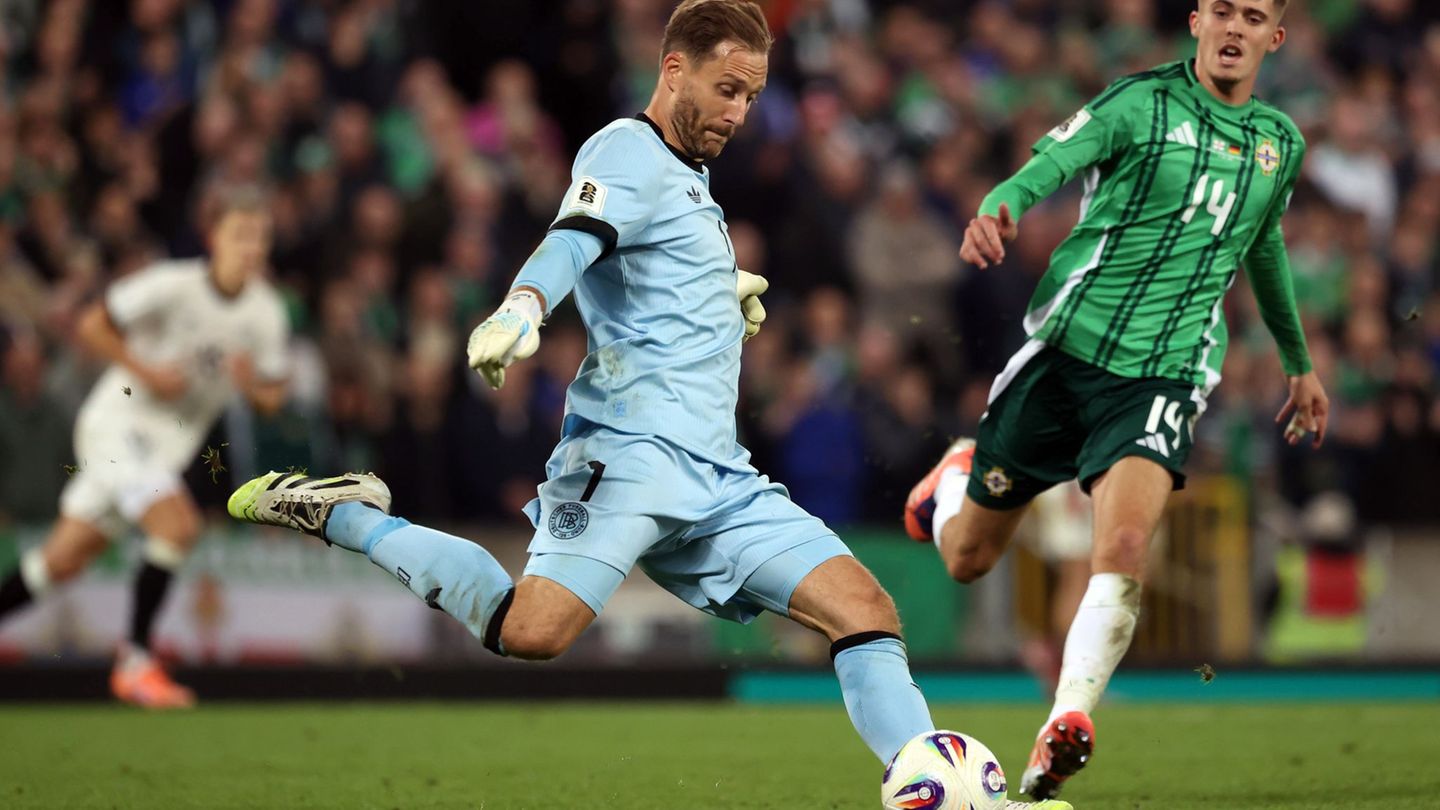He also considered that The money laundering that the government has implemented will not contribute much in terms of taxation and estimated that the sThe exit from the recession will be slow despite the latest EMAE report showing the first recovery in 10 months.
Below is the conversation he had with Ambit:
Journalist: Can the reduction of the PAIS Tax be offset by the contribution of the tax package?
Martin Kalos: Yes. The tax on profits is going to do better this year, simply because of the effect of the increase in prices, which are increasing much more than costs, especially wage costs. Companies are reporting more profits because they are having more margins within a depressed sales scheme.
Q: How can money laundering go?
MK: The money laundering is an unknown. We have to agree that it is one of the most generous money launderings in history. Eight years ago there was one that was very successful in terms of externalization of assets, which was Macri’s. It was US$116.8 billion, but what the state collected was US$9.5 billion, which was 0.15% of GDP. In other words, they paid little and in this case they are offering to pay less. Even if the same amount were laundered, which is very difficult, you will get less. I think we are very far from the money laundering providing a solution to the fiscal problem.
Q: How do you see the end of the recession?
MK: We have always said from day one that there would not be a V-shaped recovery, not even in the shape of Nike’s pipe, because here we have to distinguish between those who are rising and those who are not. There are 3 sectors that are driving upwards, which were clearly seen in the June EMAE, with agriculture growing over 100% and mining and hydrocarbons continuing to grow at 7%.
The three sectors that are growing are the ones that leave you withholdings. But if you want to collect more VAT and Gross Income, you need the internal market sectors to recover and those continue to fall. Caputo’s bet is that those sectors stop falling in September and stop playing against the fiscal plan.
Q: In the context of recession, how are companies defending themselves?
MK: We must understand what is happening with companies. Those that are presenting first quarter balance sheets and some already closing the first half show profits, but why? Because they have much lower sales but with more margin. This is because prices react much faster than costs, including salaries. There are also tax costs, with which companies play at paying something later and make a very obvious financial deal when we have these levels of inflation. Those who sell things that are not essential know that those who buy from them make ends meet with plenty of room.
Q: How do you see the way the government is handling the cepo?
MK It is necessary to get rid of the restrictions. I discuss this with colleagues and there is almost no one who says that we should not get rid of the restrictions. There are some who warn that the risks may be greater than the benefits and there are some who think about how to regulate or set limits. Then another discussion opens up, about what the minimum conditions are. There everyone puts their number. We must get rid of them because they have brought us problems for everyday life.
Q: Is this a good year to go out?
MK: We are saying this in a year in which, curiously, due to the economic depression, the cepo may have a lesser impact. People are more worried about inflation and unemployment than about the cepo itself. The depression causes fewer imports. It can be done in a series of stages in order, but there is no way out of this without risks, unfortunately. The limits on purchases of 200 dollars must be eliminated, perhaps for a final stage. We must leave only the taxes that operate on a normal economy.
Q: Do you need “firepower” or a comprehensive program to get out of the trap?
MK: I wish there was a stabilization plan and a comprehensive program to make this credible. It lacks the legs to be a stabilization plan. The reserves that are needed are those that should be kept in the face of the risk of a currency run. The currency controls are a segmentation of the currency market; lifting them means de-segmenting the market.
Today there are large segments of demand that are resolved between private parties in the parallel markets and the reserves are not aware of it, but if you send them to demand reserves and they ask for a lot, if there is a run, how do you stop it? If you have little, you have to manage them, but how much money is needed? It depends on the exchange rate you are willing to let run, but that has a cost in inflation and in living conditions. You can do what Federico Sturzenegger did in 2018, who set a price and put up a wall of US$5 billion. The fiscal, monetary and exchange rate unification adjustment should be part of a program that must have income policies and a coordinated development plan. This is demonstrated by empirical evidence in history.
Source: Ambito




